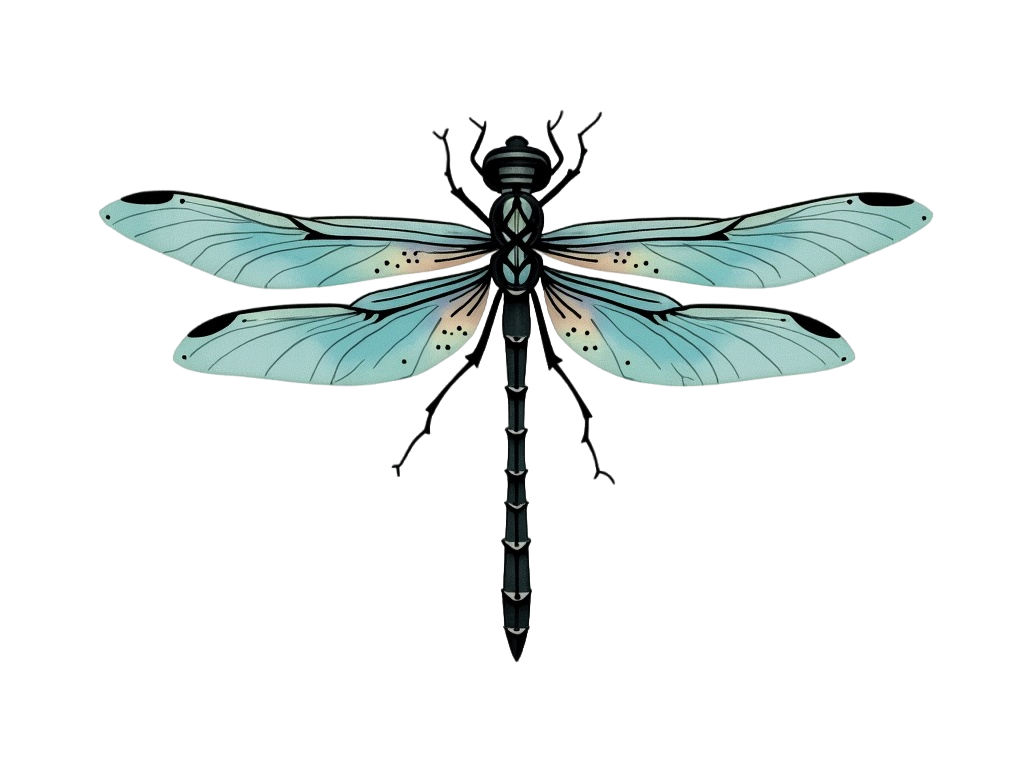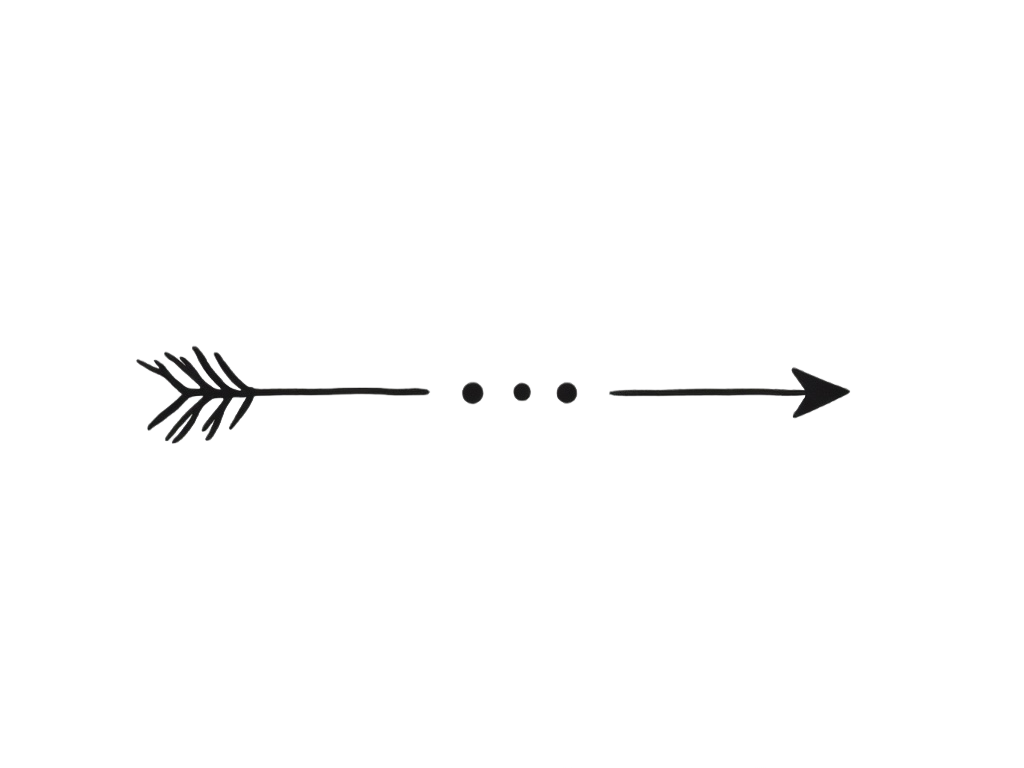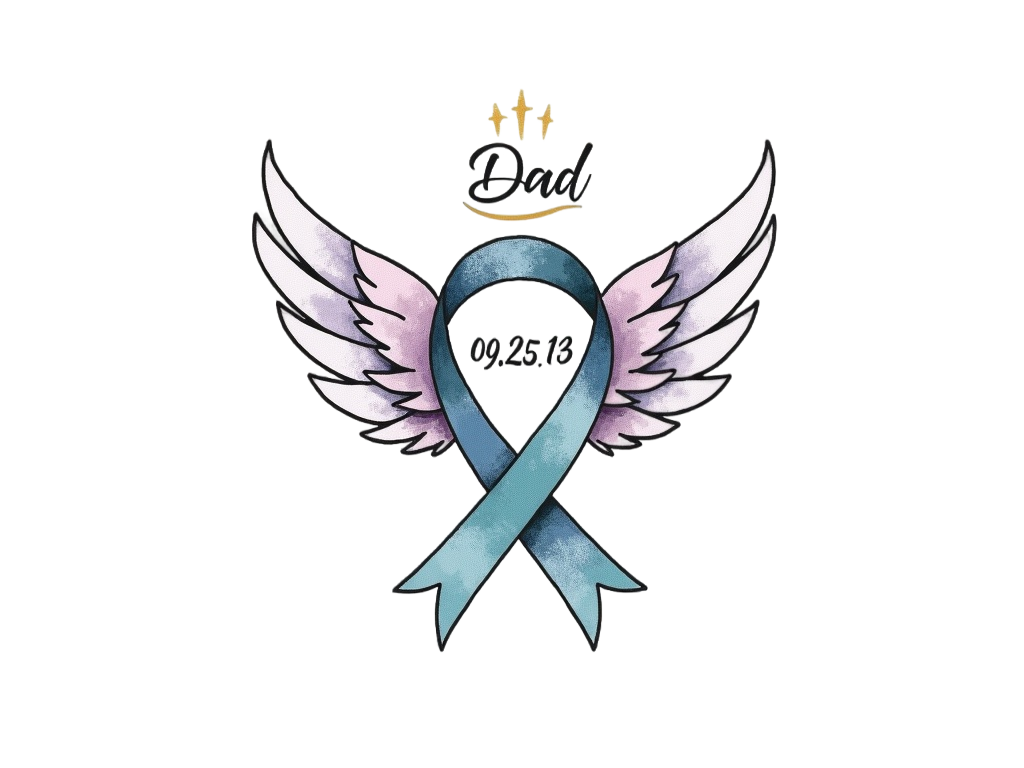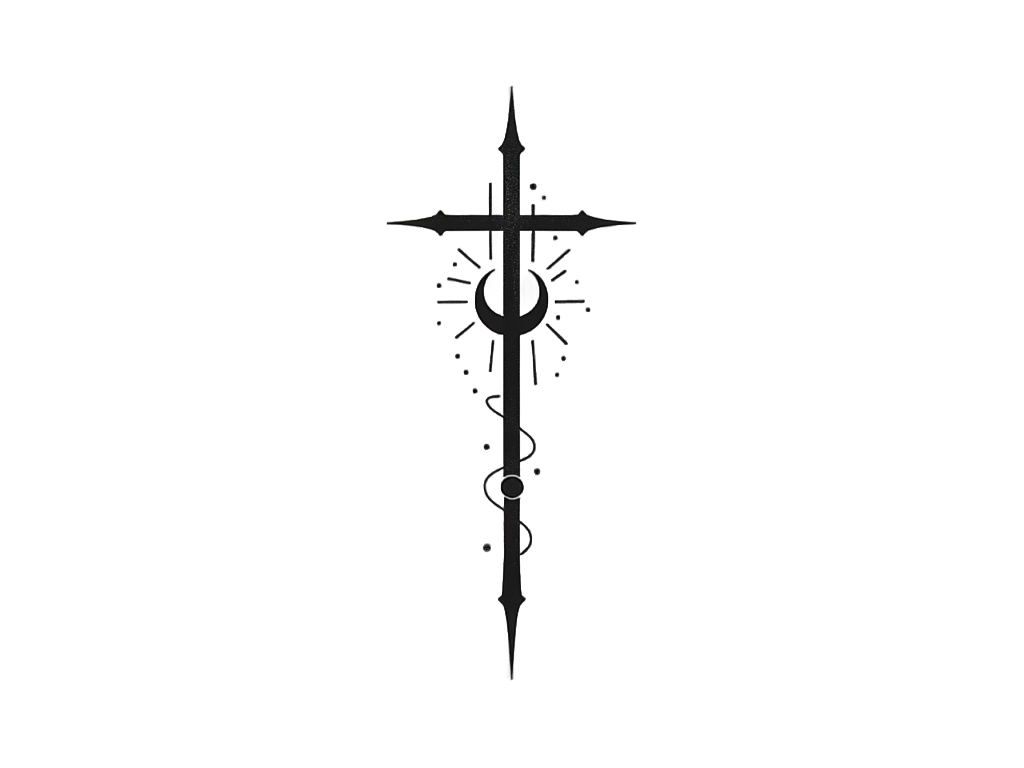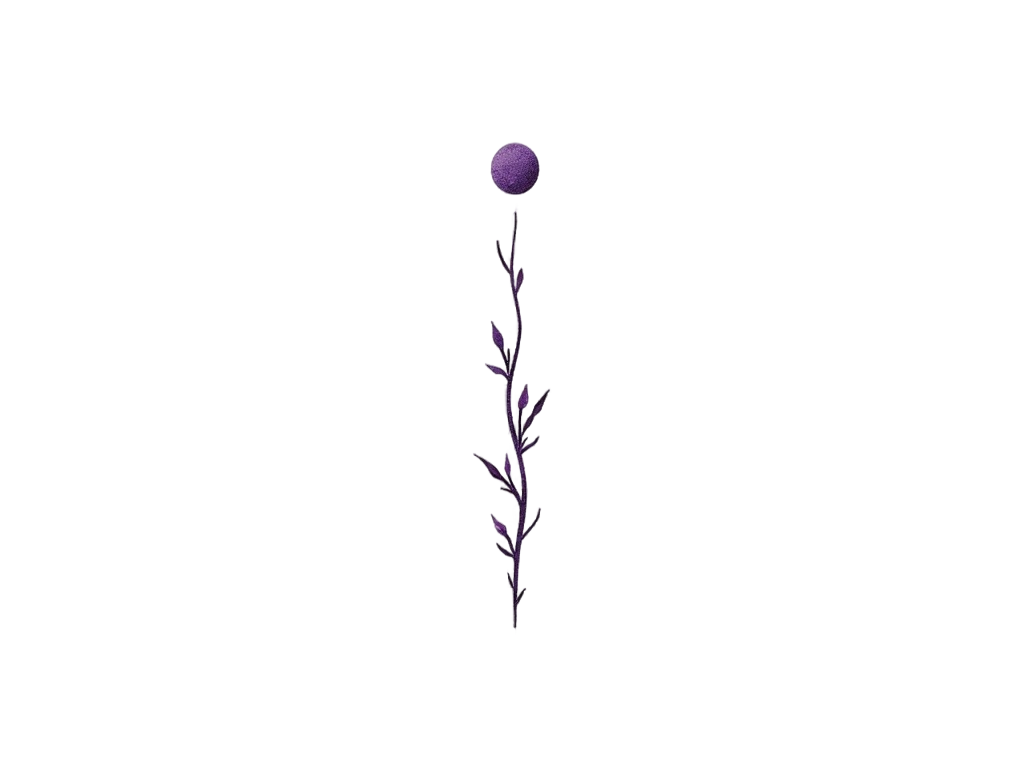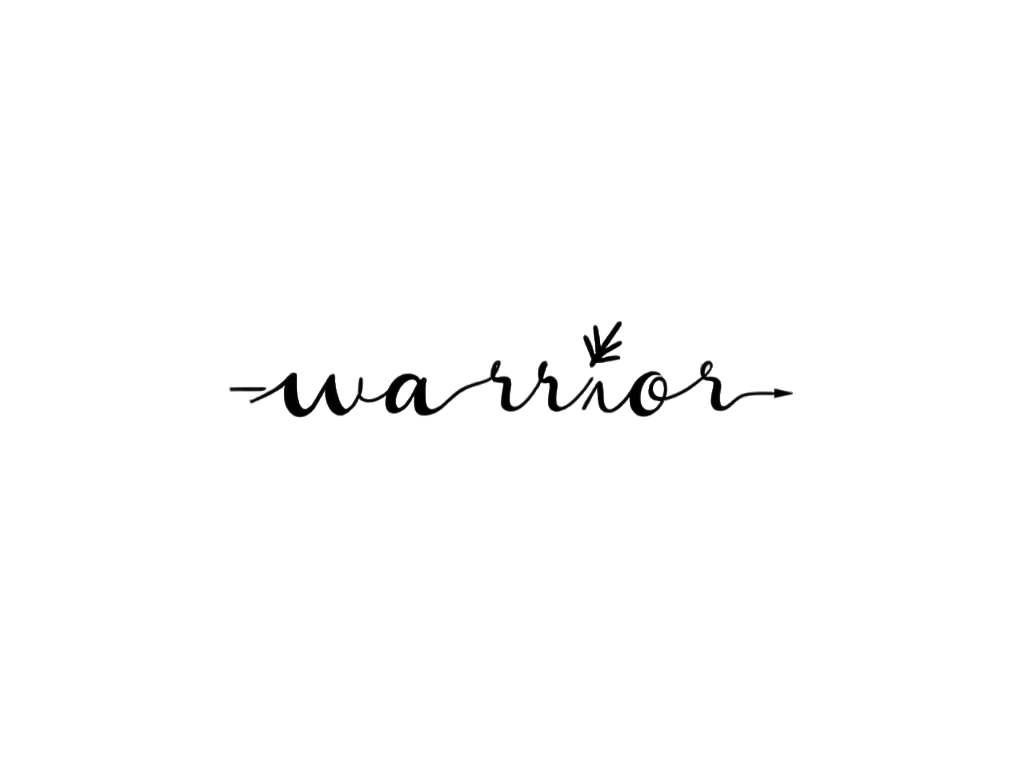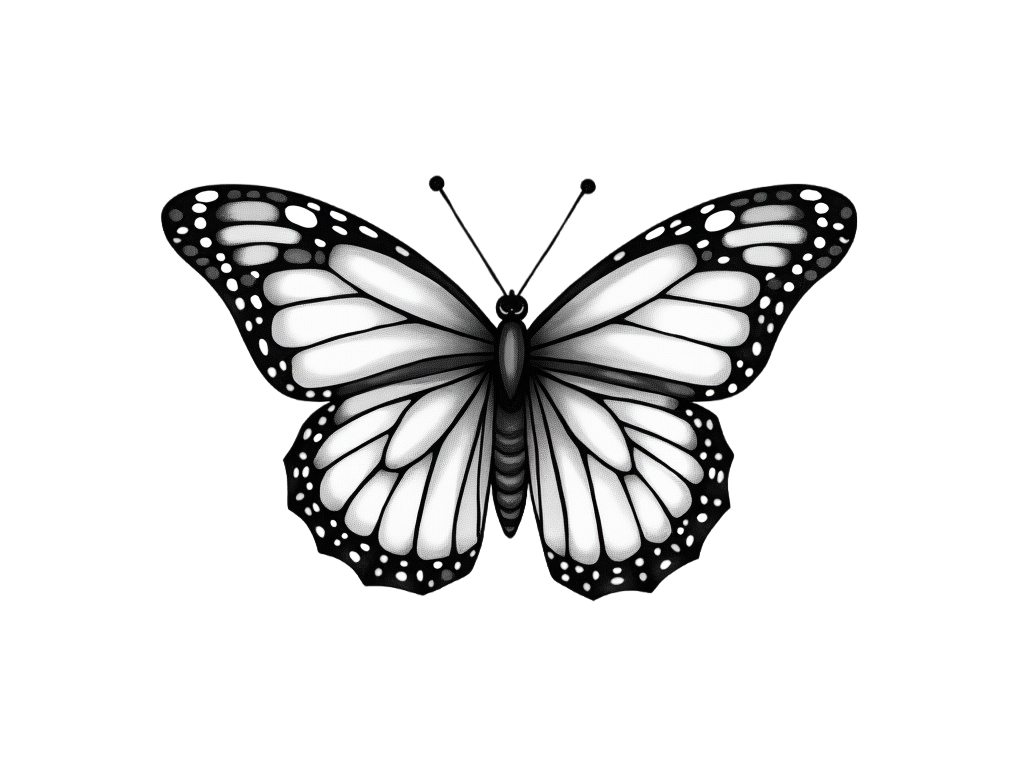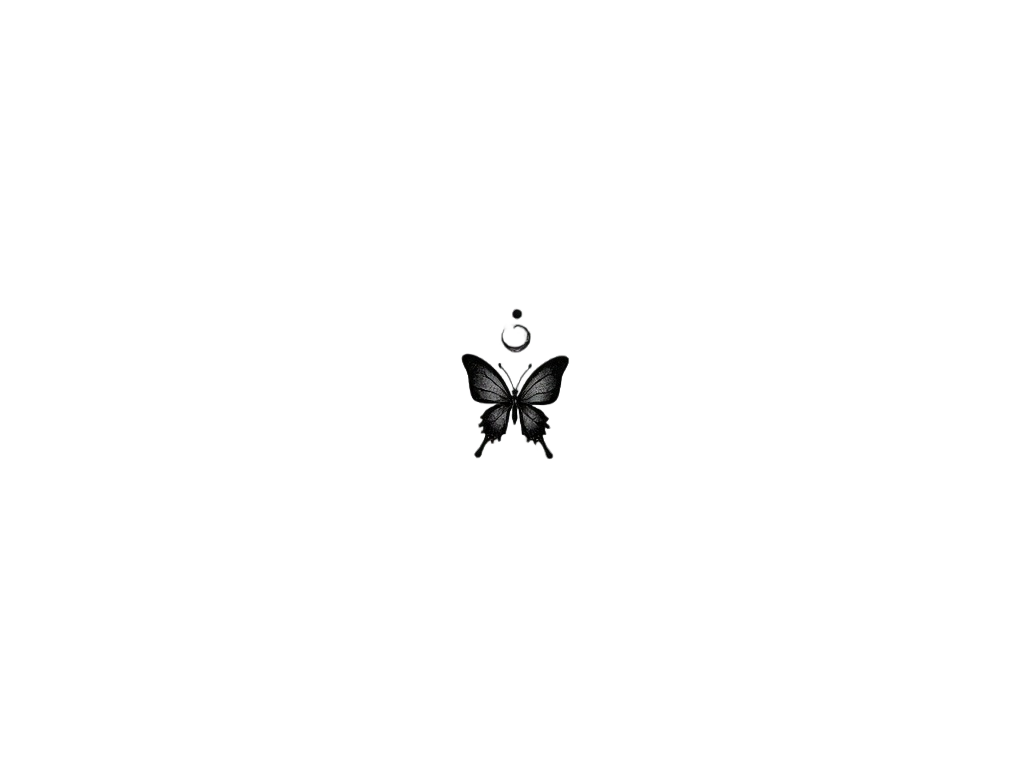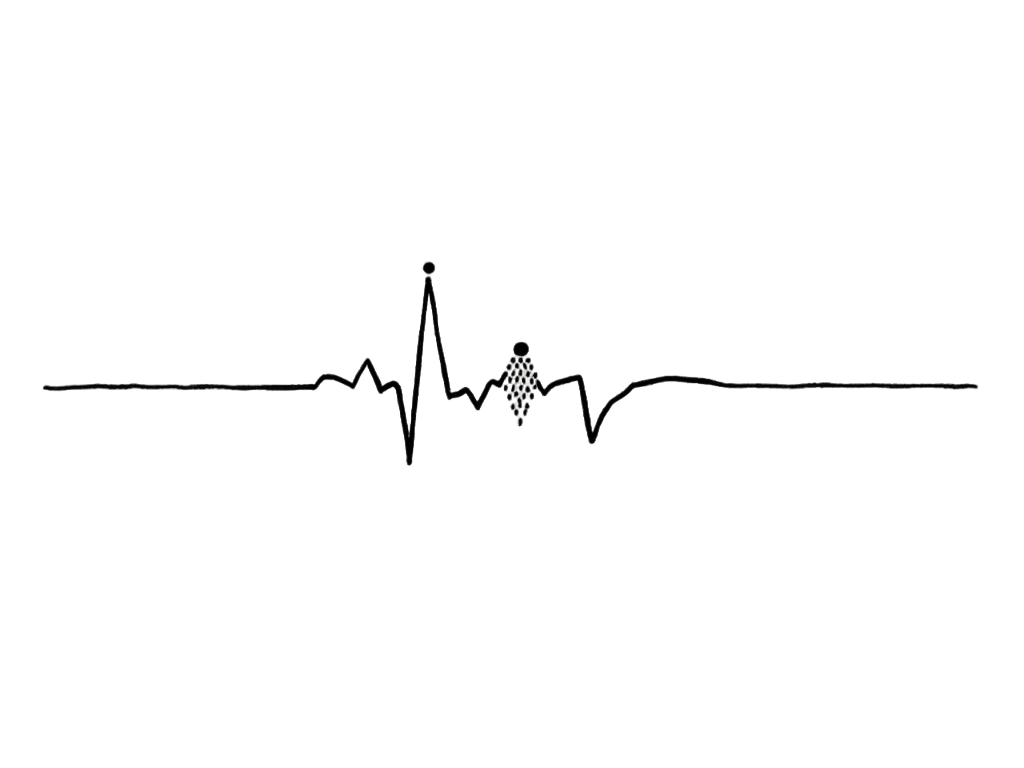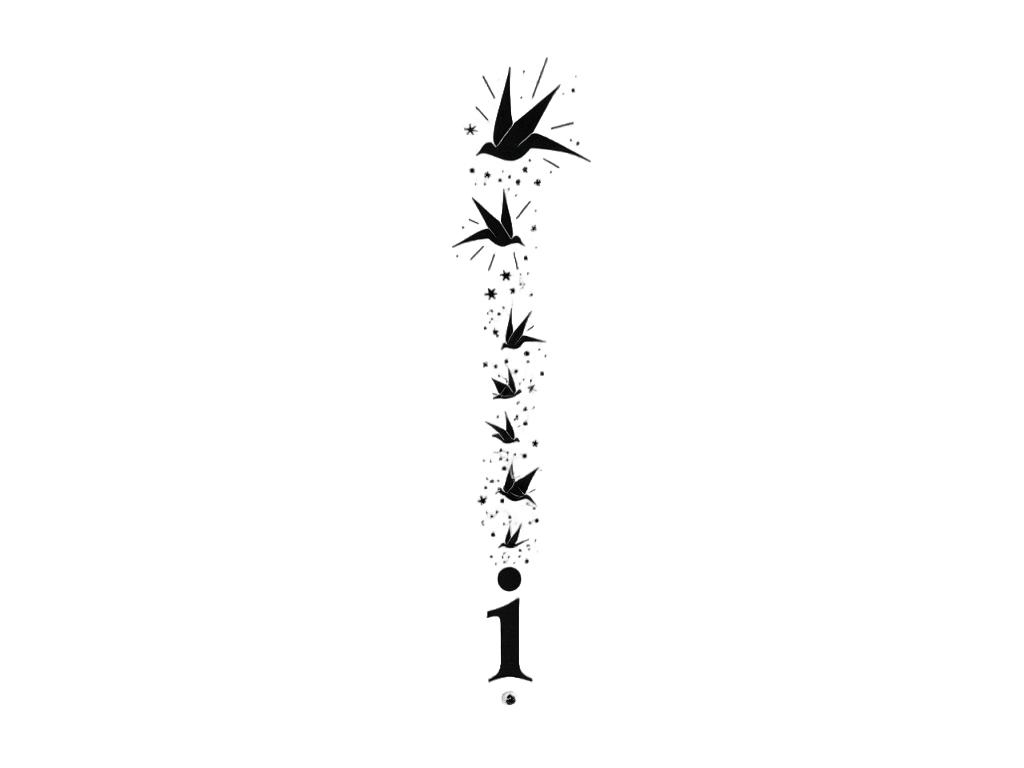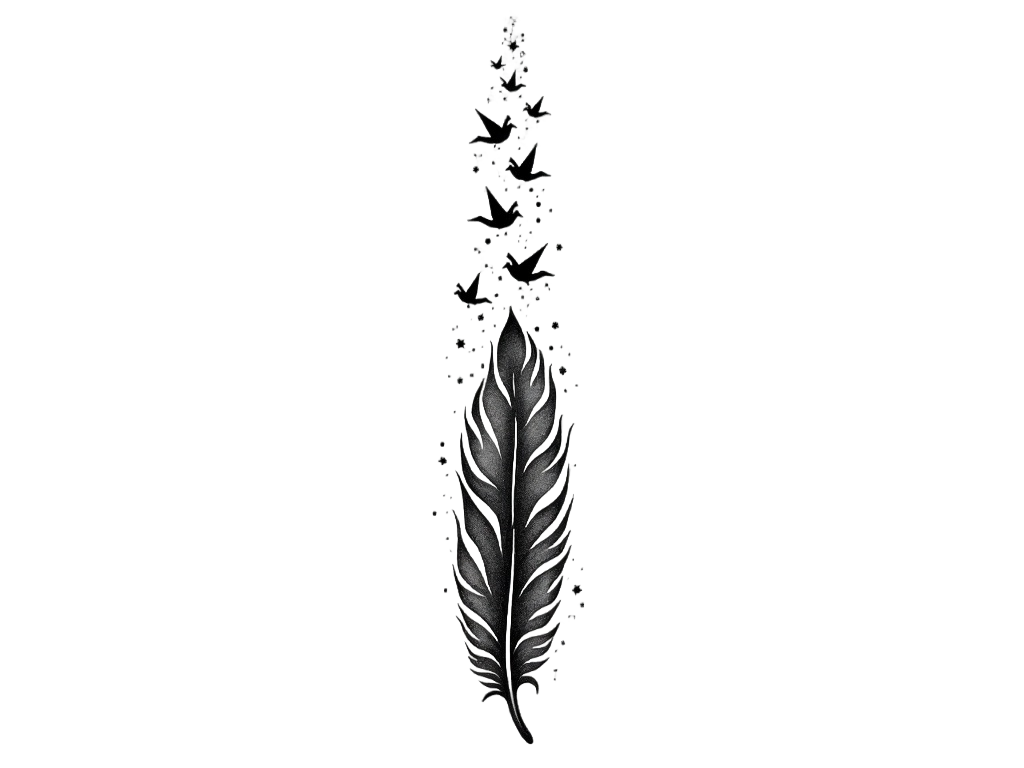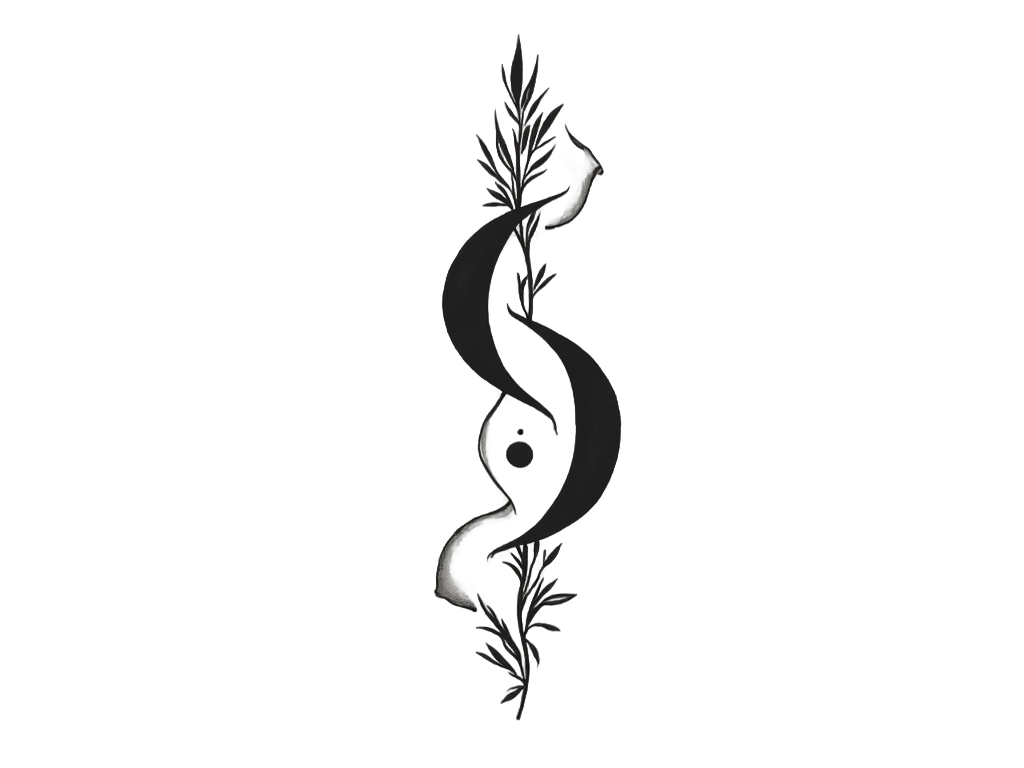Suicide prevention Tattoo Ideas, Designs and Meaning
Meaning of Suicide prevention Tattoos
- Suicide prevention tattoos often symbolize hope, resilience, and the importance of mental health awareness.
- These tattoos frequently incorporate symbols like the semicolon, which represents a pause in a sentence, symbolizing a pause in life rather than an end.
- The semicolon tattoo has become a universal symbol for suicide prevention and mental health advocacy.
- Culturally, these tattoos serve as a conversation starter, encouraging open discussions about mental health issues.
- Historically, the semicolon movement began in 2013, initiated by Project Semicolon, to support those struggling with mental illness.
- Other common symbols include the lifeline or heartbeat, which signifies the continuation of life and the importance of staying strong.
- These tattoos are often placed on visible areas like the wrist or forearm to serve as a constant reminder of one's strength and to inspire others.
- While not gender-specific, these tattoos are popular among both men and women who wish to express solidarity and support for mental health awareness.
- The style of these tattoos can vary from minimalist designs to more elaborate pieces, depending on personal preference.
- Beyond individual meaning, these tattoos often represent a community of support and understanding for those affected by suicide and mental health challenges.
1,396 Tattoo Ideas
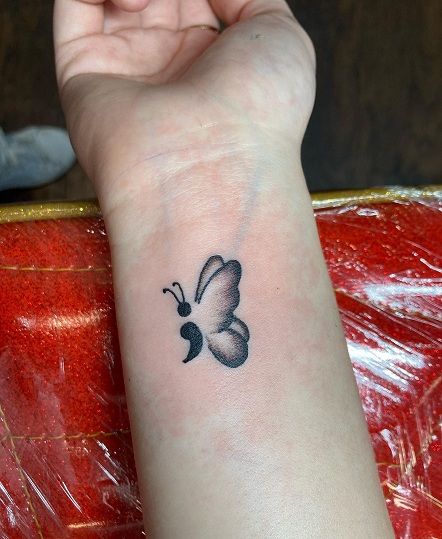

15 Meaningful Semicolon Tattoo Designs In 2023
Selection from Pinterest


Love this daisy semicolon tattoo
Selection from Pinterest
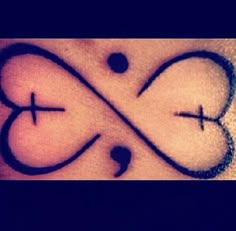

Tattoo ideas
Selection from Pinterest


Pin on For Paul
Selection from Pinterest


Sui Awareness Tattoo
Selection from Pinterest
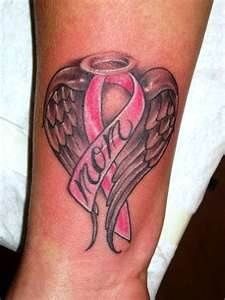

15 Tattoos ideas | tattoos, wrist tattoos, tattoo designs
Selection from Pinterest
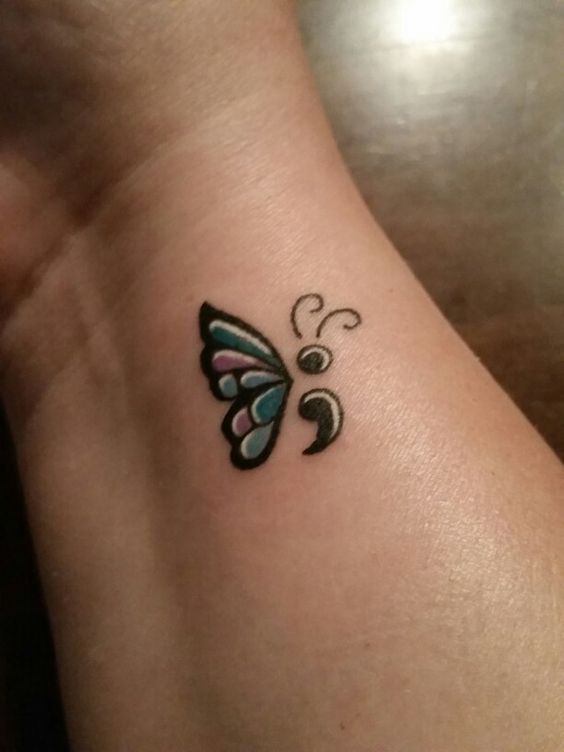

70 Inspirational Semicolon Tattoo Designs | Art and Design
Selection from Pinterest
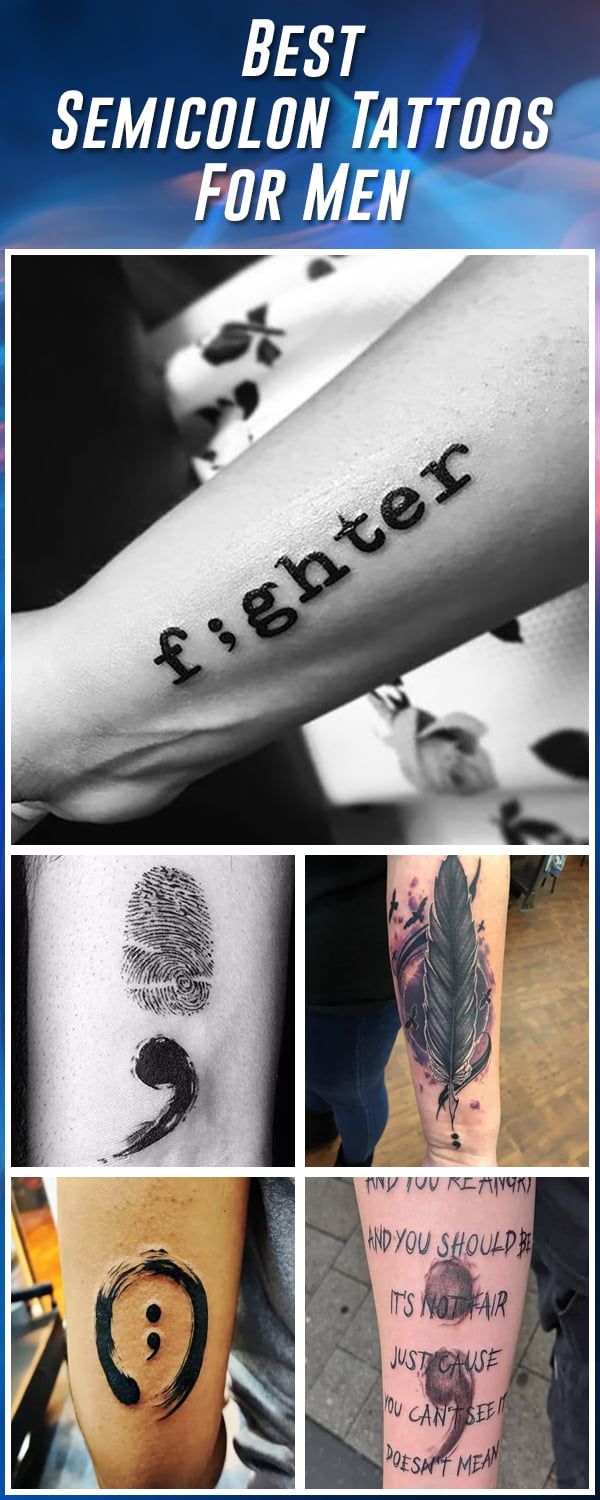

60 Meaningful Semicolon Tattoo Ideas that You will Cherish Forever - Meanings and Designs
Selection from Pinterest


91 Things I've made ideas | semicolon tattoo, colon tattoo, etsy
Selection from Pinterest
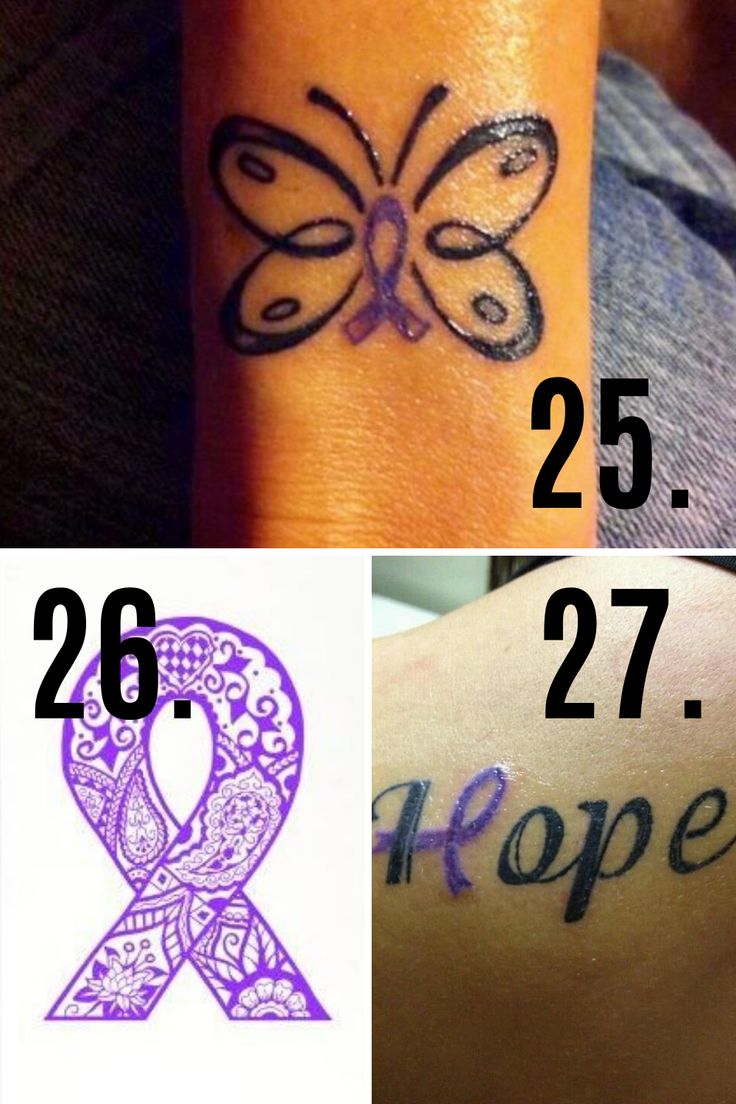

32 Epilepsy Tattoo Ideas To stabilize you
Selection from Pinterest
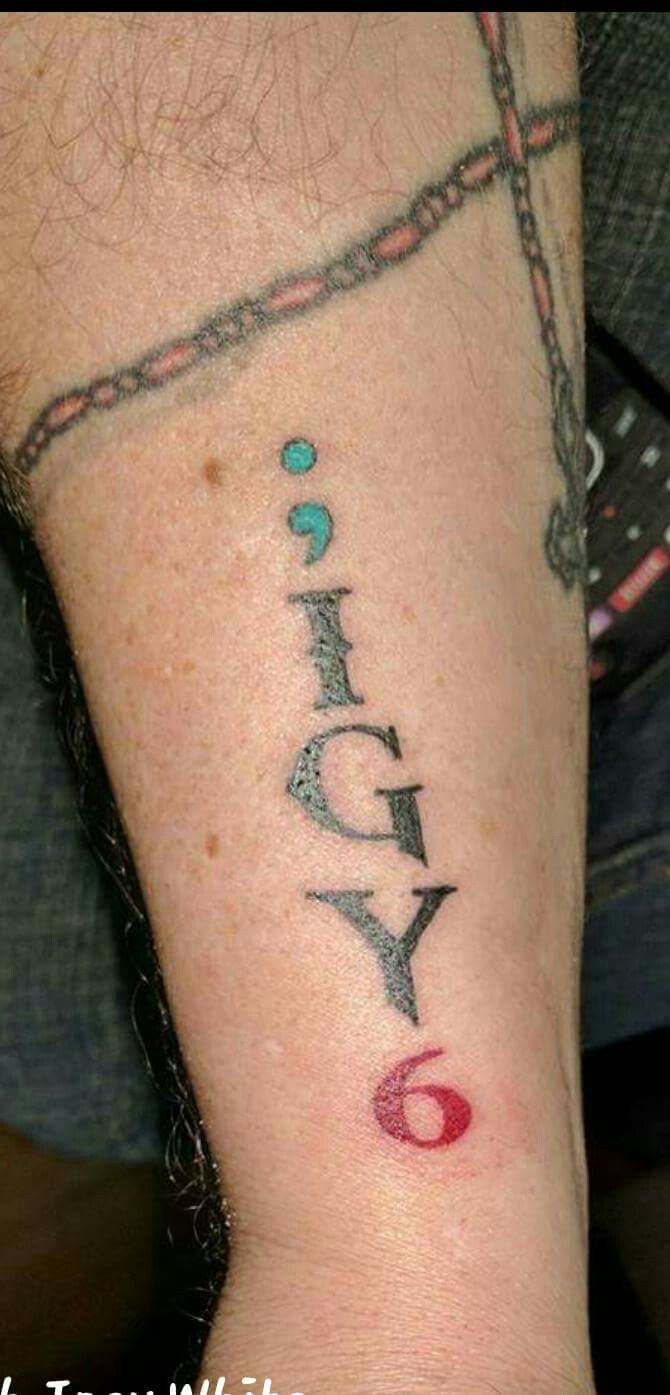

10 Best igy6 tattoo ideas | igy6 tattoo, tattoos with meaning, tattoo quotes
Selection from Pinterest
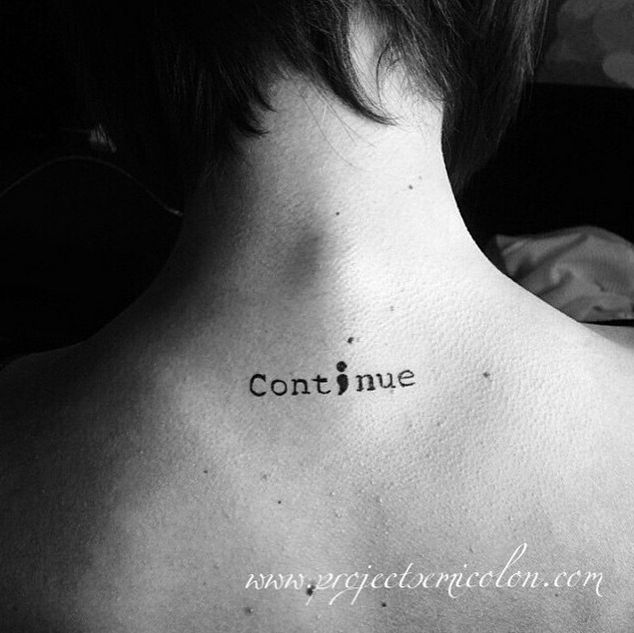

20 Beautiful Semicolon Tattoos That Raise Awareness for Mental Health
Selection from Pinterest


9 Semi-colon tatts ideas to save today | semicolon tattoo, awareness tattoo, cute tattoos and more
Selection from Pinterest
![100 Meaningful Semicolon Tattoo Ideas [Ultimate Picture Guide]](https://static.tatship.com/idea-page-posts/a6142e01-a263-450d-9d5c-56d2a07a3ea4.jpg)

100 Meaningful Semicolon Tattoo Ideas [Ultimate Picture Guide]
Selection from Pinterest


Nice idea. I would keep the book and text and maybe add stars and a rose
Selection from Pinterest


Pin on Tattoo
Selection from Pinterest
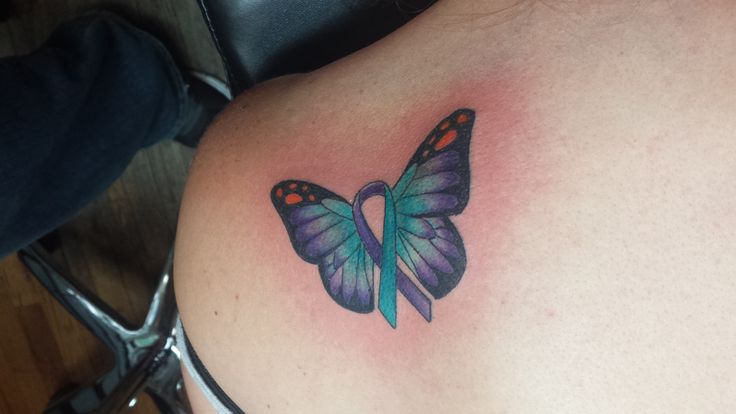

Pin by Jennifer McClure on Tattoo ideas | Awareness tattoo, Ribbon tattoos, Purple tattoos
Selection from Pinterest


48 Health tattoo ideas | health tattoo, semicolon tattoo, awareness tattoo
Selection from Pinterest
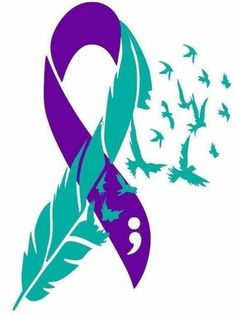

67 Semicolon ideas | semicolon, semicolon tattoo, colon tattoo
Selection from Pinterest


13 Semicolon project ideas to save today | semicolon, semicolon tattoo, awareness tattoo and more
Selection from Pinterest


Pin on Ink
Selection from Pinterest
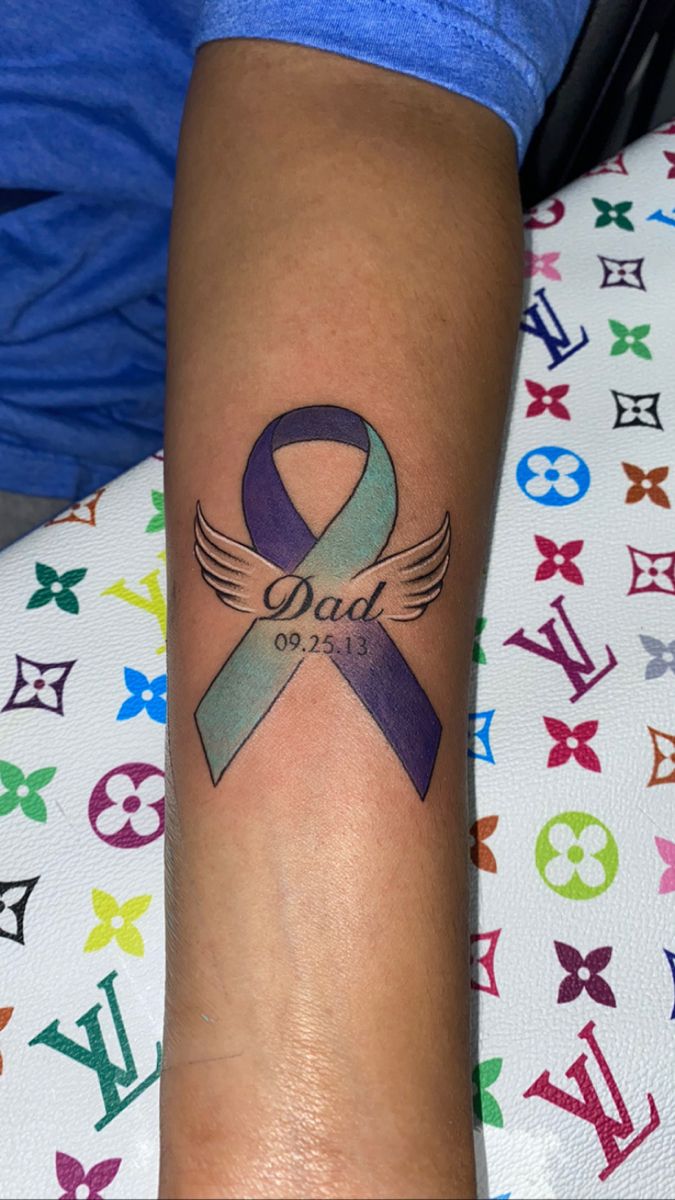

Rip Dad Tattoo
Selection from Pinterest
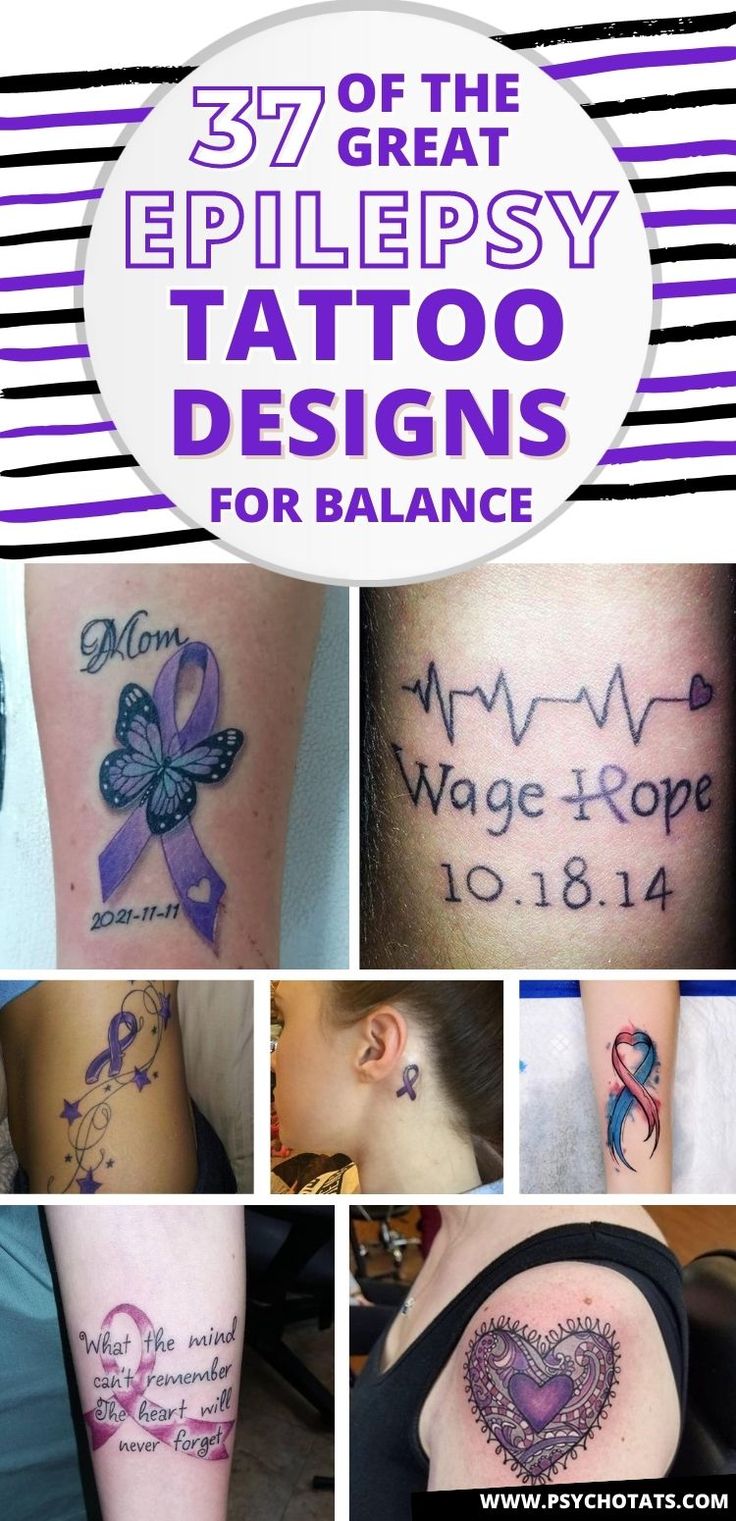

Epilepsy Tattoos: Raising Awareness Through Ink
Selection from Pinterest


Combined project semicolon and the butterfly project
Selection from Pinterest
One App to Store All Your Tattoo Ideas
Store your tattoo ideas in one place and Virtual Try-On them on your body!

Avoid Regrets with 3D Virtual Try-On!
Do a 3D Virtual Try-On to see how your tattoo design looks like on your body before you get it tattooed. Powered by Tatship's AI and 3D technology.



Cultural Considerations and Taboos for Suicide prevention Tattoos
While the suicide prevention tattoo is generally seen as a positive and supportive symbol, it is important to approach it with sensitivity and respect. In some cultures, discussing mental health and suicide can be taboo, and displaying a tattoo related to these topics might be misunderstood or frowned upon. Additionally, individuals who choose to get this tattoo should be mindful of the personal nature of the symbol and ensure that it is meaningful to them. It is also crucial to avoid trivializing the tattoo's significance by using it as a fashion statement rather than a symbol of genuine support and awareness.
Popular Tattoo Styles and Variations for Suicide prevention Tattoos
Popular styles for suicide prevention tattoos include minimalist designs, often featuring a simple semicolon. These can be done in black ink or incorporate colors for added personalization. Watercolor styles are also popular, adding a splash of color that can symbolize hope and renewal. Some people choose to integrate the semicolon into other designs, such as butterflies, which represent transformation and new beginnings, or anchors, symbolizing stability and strength. Script tattoos that include inspirational quotes or words like 'hope' or 'strength' alongside the semicolon are also common, providing a personalized touch to the design.
Historical Origins and Evolution of Suicide prevention Tattoos
The historical significance of the suicide prevention tattoo is closely tied to the founding of Project Semicolon in 2013 by Amy Bleuel. The movement was created to honor her father, who died by suicide, and to provide a platform for raising awareness about mental health issues. The semicolon was chosen as a symbol because, in literature, it represents a pause in a sentence rather than an end, metaphorically suggesting that one's story is not over. Since its inception, the semicolon tattoo has become a global symbol of solidarity and support for those affected by mental health struggles, encouraging open conversations and reducing stigma.
